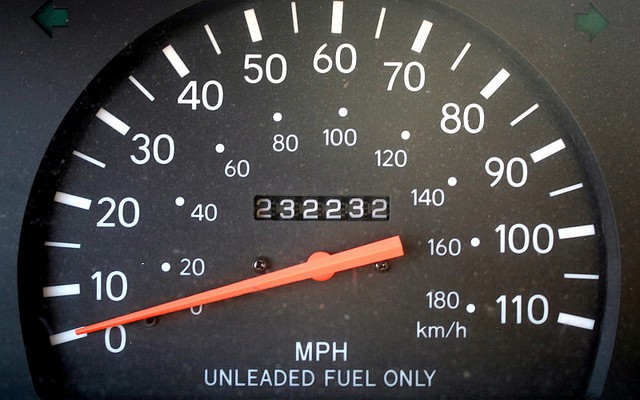The 6 Most Important Aspects of Your Used Car
Buying a car is exciting, regardless of whether it’s new or used – the fact remains that it is new to you.
But sometimes buyers don’t do enough research and wind up with a vehicle that’s not very dependable and the excitement quickly dwindles down the road (so to speak). Don’t let this happen to you. A little time spent prior to purchasing a used car can save self-inflected migraines and excess costs down the road. By checking these six aspects of a used car before buying, you’re much more likely to get a dependable used vehicle.
Mileage
A car’s lifespan depends more on the miles it’s been driven, rather than the year it came out. You should never buy a used car without checking the mileage first. The typical used car has about 15,000 miles for every year it’s been around, so look out for anything much higher or lower – i.e. above 20,000 per year or below 5,000.
Worn Tires
Many people overlook tires, but they’re an extremely important component of a used car. After all, the are the only part of the vehicle that connects your car to the road. Old tires that show signs of extreme wear, low tread depth or are showing “cords” are unreliable and can make the car risky to drive, even if everything else is working. If the used car has worn tires, have a new set put on as soon as possible. A good set of tires can also completely change your driving experience.
Alignment
Wheel alignment is another common problem with used cars. The car shouldn’t pull to one side and the steering wheel shouldn’t shake at any speed. Test this by driving on a flat, smooth road while loosely gripping the wheel. If the car slips to the left or right, you’ve got alignment issues. Luckily, this can typically be easily fixed at any local mechanic shop.
Dints, Dings and Paint
Inspect the body carefully for excessive damage. Minor scratches are not a huge deal, but watch out for dents, holes or anything that looks like it may have been repaired. Similarly, check for rust because high levels can make the body and undercarriage weak and fragile. Checking if the vehicle was in a serious accident is another way to determine potential body damage. Ordering a CarFax or AutoCheck History Report will let you know if the vehicle has a reported accident as well.
Fluids, Leaks, oh my!
Leaks can be hard to spot, but it’s important to check for them. A car’s fluid system is a complex network that is essential to maintain. If you don’t know how to check for leaks, a certified mechanic can assist you. Check for leaking air conditioning fluid, brake fluid, head gaskets, and hoses. The easiest way? Simply look under the car or where it was parked. Do you see any spots on the ground?
Transmission Fluid and Smooth Shifts
Replacing the transmission can be extremely expensive, so it’s wise to inspect it ahead of time during your test drive. Use the transmission dipstick to check the transmission fluid if it’s an automatic. Low levels can indicate leaks or neglect. Regardless if its a manual or automatic, make sure to run through all the gears to ensure each gear has a smooth shift. A certified mechanic can be a great help when it comes to analyzing a used transmission for any issues.
By inspecting all six of these parts of the vehicle, you should be in good shape. However, if you want a more comprehensive list, head on over to our used car buying guide and download our checklist.







I appreciate you helping me learn the cause of a shaking steering wheel even while driving on a smooth road. The other day, I was becoming increasingly confused as my steering wheel continued to shake even if I was sure there were no rocks or other objects on the road to drive over. Now that I know that the wheel alignment can be a cause for this, I’ll look for any auto services that can help me get this fixed.